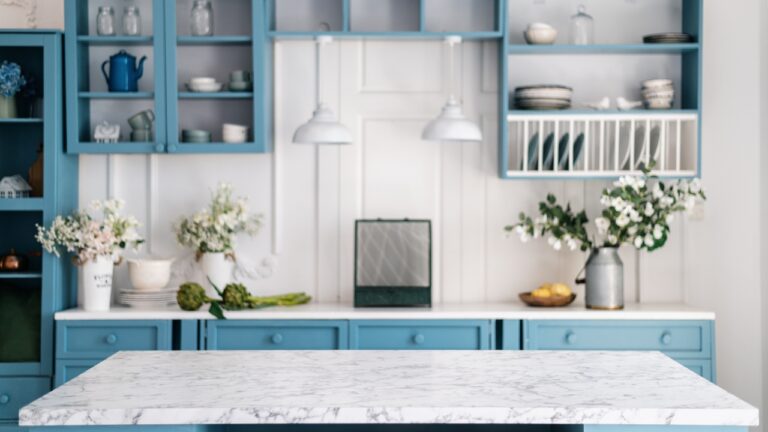10 Closet Mistakes That Waste Way Too Much Space
A packed closet doesn’t always mean you’re out of space—it usually means you’re not using it well. Most closets aren’t laid out in a way that works for real-life wardrobes, and small mistakes can end up eating a lot of valuable room. If you’re constantly stuffing things in, stacking piles, or struggling to find what you need, chances are your setup needs a rethink.
These habits make closets feel smaller than they are.
Using the Wrong Hangers

Bulky hangers can take up a surprising amount of space. If your closet feels crammed, switching to slim, uniform hangers can instantly free up room. Mixed shapes and sizes make clothes hang unevenly and waste the gaps in between.
Velvet or slimline plastic hangers are usually the most space-efficient. And by sticking with one style across the whole rack, your closet will look neater and actually hold more at once.
Keeping Empty Shoe Boxes

Unless you’re storing designer heels or off-season boots, shoe boxes eat up prime real estate. They stack awkwardly and take up more space than the shoes themselves.
If you want to keep shoes protected, opt for clear stackable containers. Otherwise, ditch the boxes and use a shoe rack or cubbies that let you see everything at a glance without wasting vertical space.
Folding Clothes That Should Hang
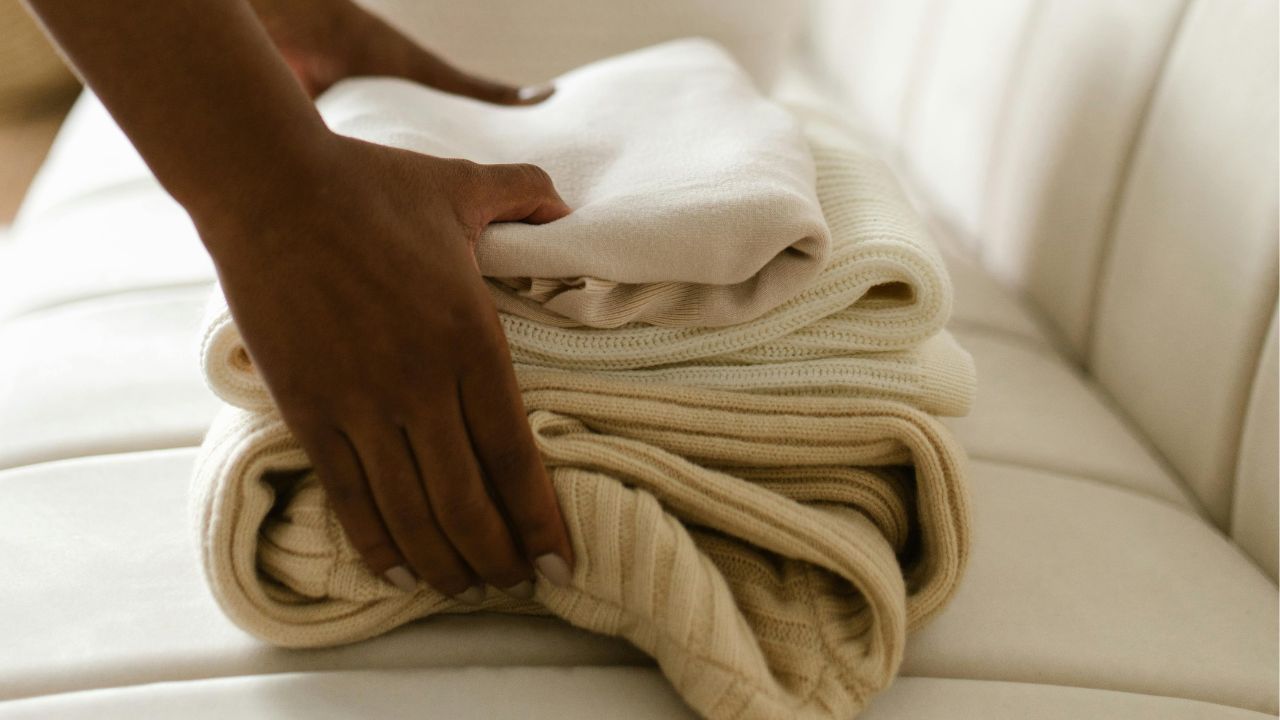
Not everything belongs in a drawer. Storing structured pieces like jackets or flowy dresses in a pile leads to wrinkles and makes it harder to find things.
If something hangs better than it folds, give it a spot on the rod. Use tiered hangers or cascading hooks for things like pants or camisoles if you’re short on space.
Hanging Clothes That Should Fold
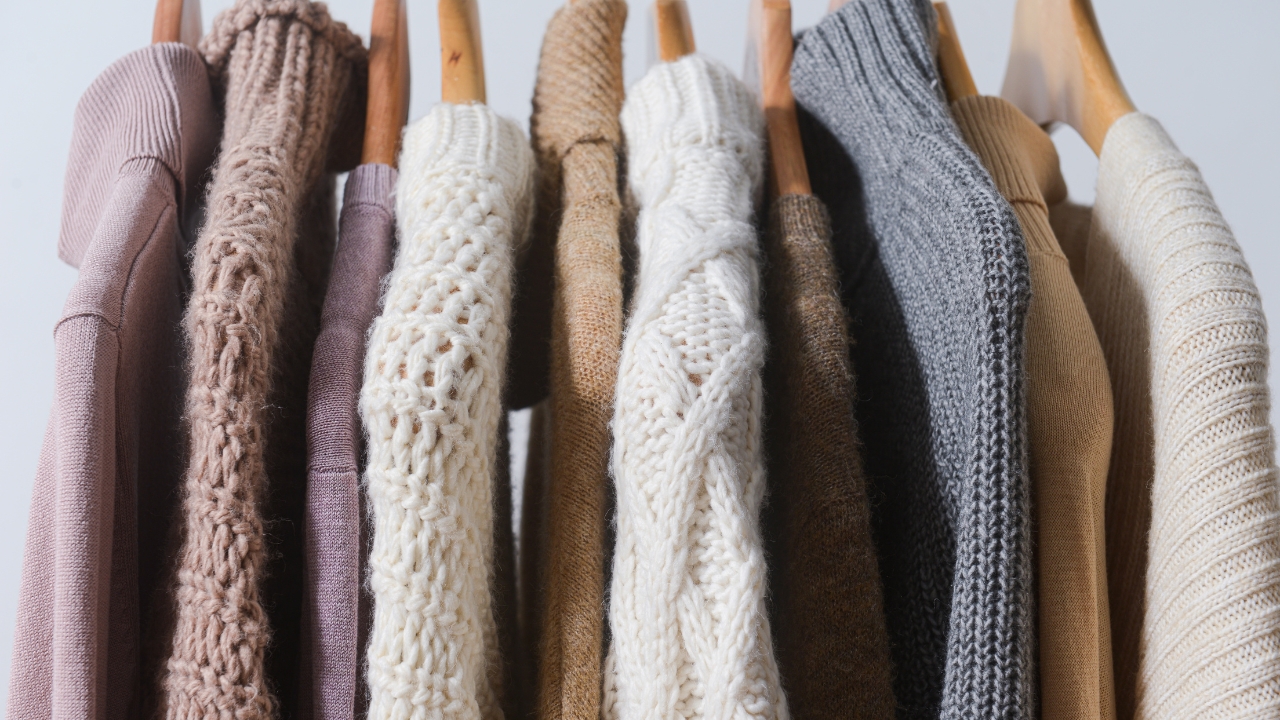
On the flip side, hanging things like sweaters or stretchy tees can stretch them out and waste space on the rod. Drawers or shelf organizers make way more sense for soft or foldable items.
Try stacking sweaters vertically in a bin or using shelf dividers so you can grab what you need without digging through a leaning tower of knitwear.
Wasting the Floor Space

That bottom section of your closet is often underused. Instead of letting it fill up with shoes or laundry baskets, give it structure. Add low shelves, a small dresser, or clear bins that fit side by side.
When everything has a spot, it’s easier to keep clean—and you won’t find yourself stepping over piles of randomness every time you get dressed.
Ignoring the Back of the Door

If your closet has a door, that’s bonus real estate. Over-the-door hooks, organizers, or pocket hangers can hold everything from scarves to belts to cleaning supplies.
It’s especially helpful in small closets where every inch counts. You’ll keep clutter off the floor and gain quick access to those odds and ends that usually get lost in corners.
Not Using Vertical Space

Most closets have a lot of empty space between the top shelf and the ceiling. If that area isn’t working for you, it’s worth adding another shelf or using stackable bins.
Seasonal items, bags, and extra linens can all live up high without getting in the way. You’re already paying for the space—use every inch of it.
Keeping Clothes You Never Wear
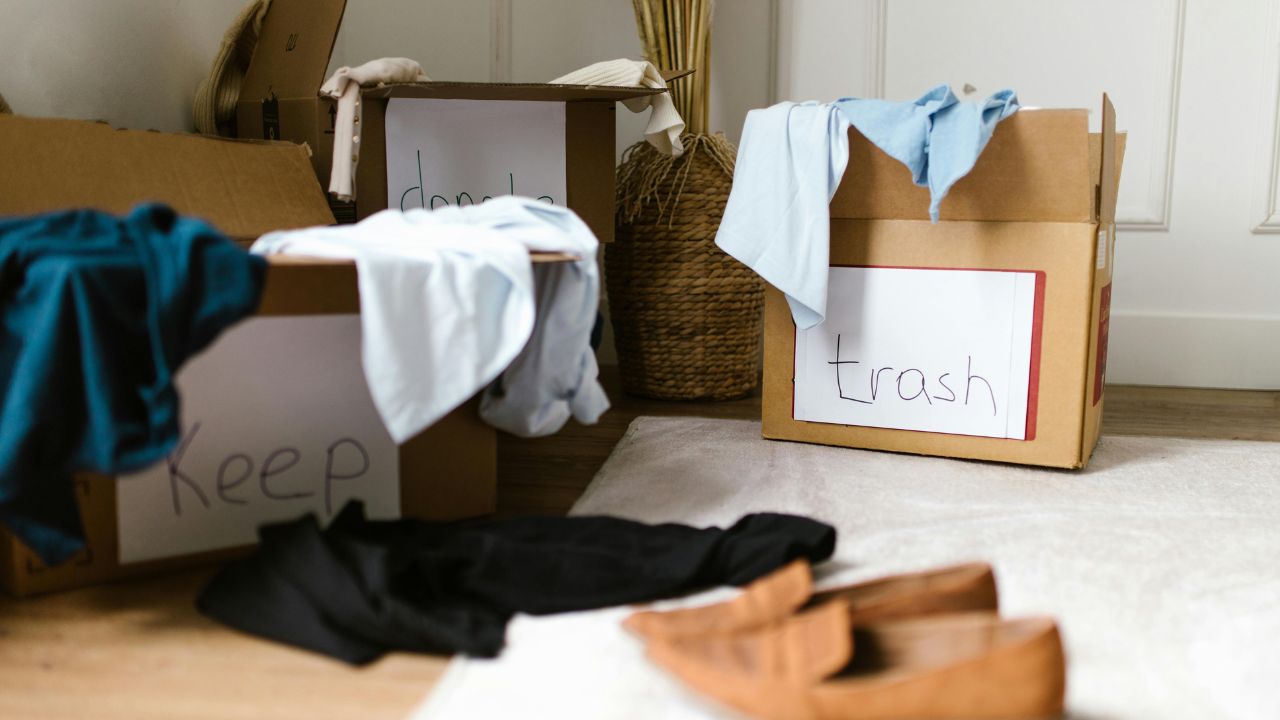
It’s hard to make room for the stuff you wear when half your closet is full of clothes you don’t. Hanging onto pieces “just in case” keeps you from seeing what you actually use.
If it hasn’t left the hanger in over a year, it’s probably time to let it go. A little seasonal cleanup makes everyday routines faster and closets feel less overwhelming.
Storing Everything in One Place

You don’t have to keep every jacket, swimsuit, or pair of boots in your main closet year-round. Off-season storage can open up a ton of space and make your closet feel way more manageable.
Under-bed bins, attic totes, or even a second closet can hold the overflow until you need it. Keep the current season front and center and rotate the rest.
Using One Long Hanging Rod
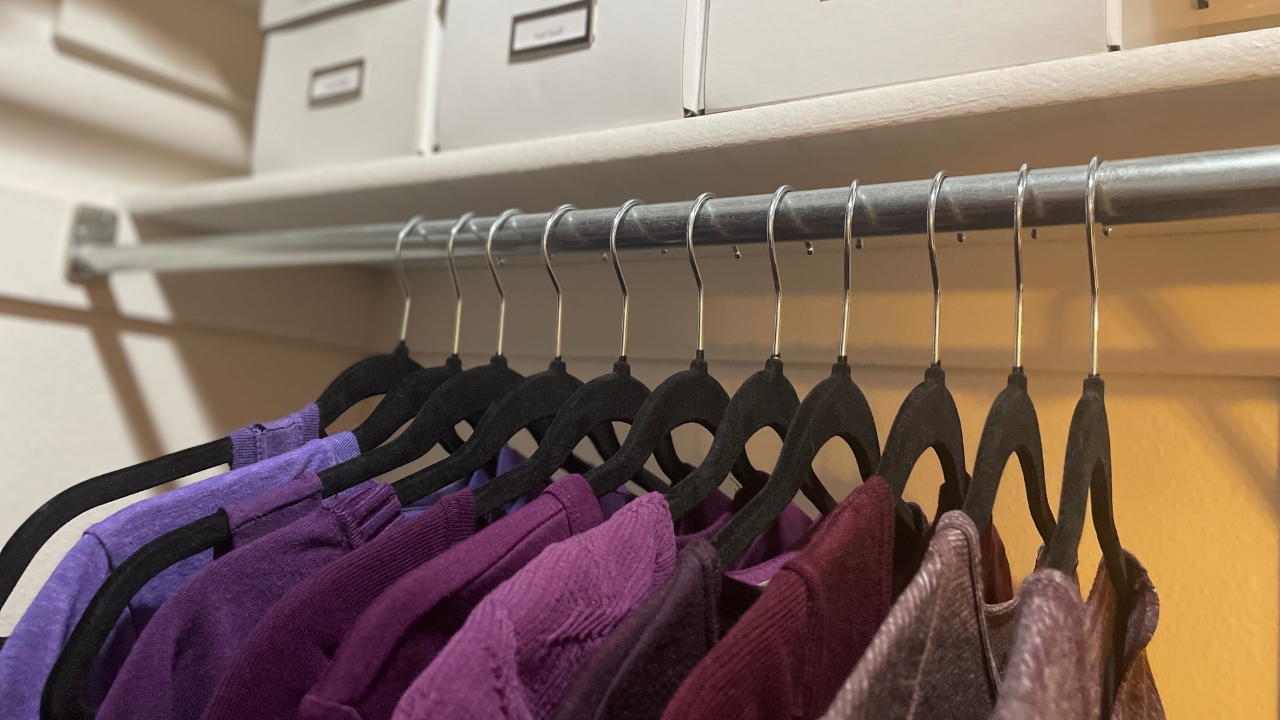
A single rod across the closet is a waste of layout potential. Unless your wardrobe is full of maxi dresses, you’re losing a lot of vertical space that could be split in two.
Install a second rod below for shorter items like shirts or pants, or add shelving in the dead space below longer pieces. A little rearranging can double your storage without adding square footage.
*This article was developed with AI-powered tools and has been carefully reviewed by our editors.




